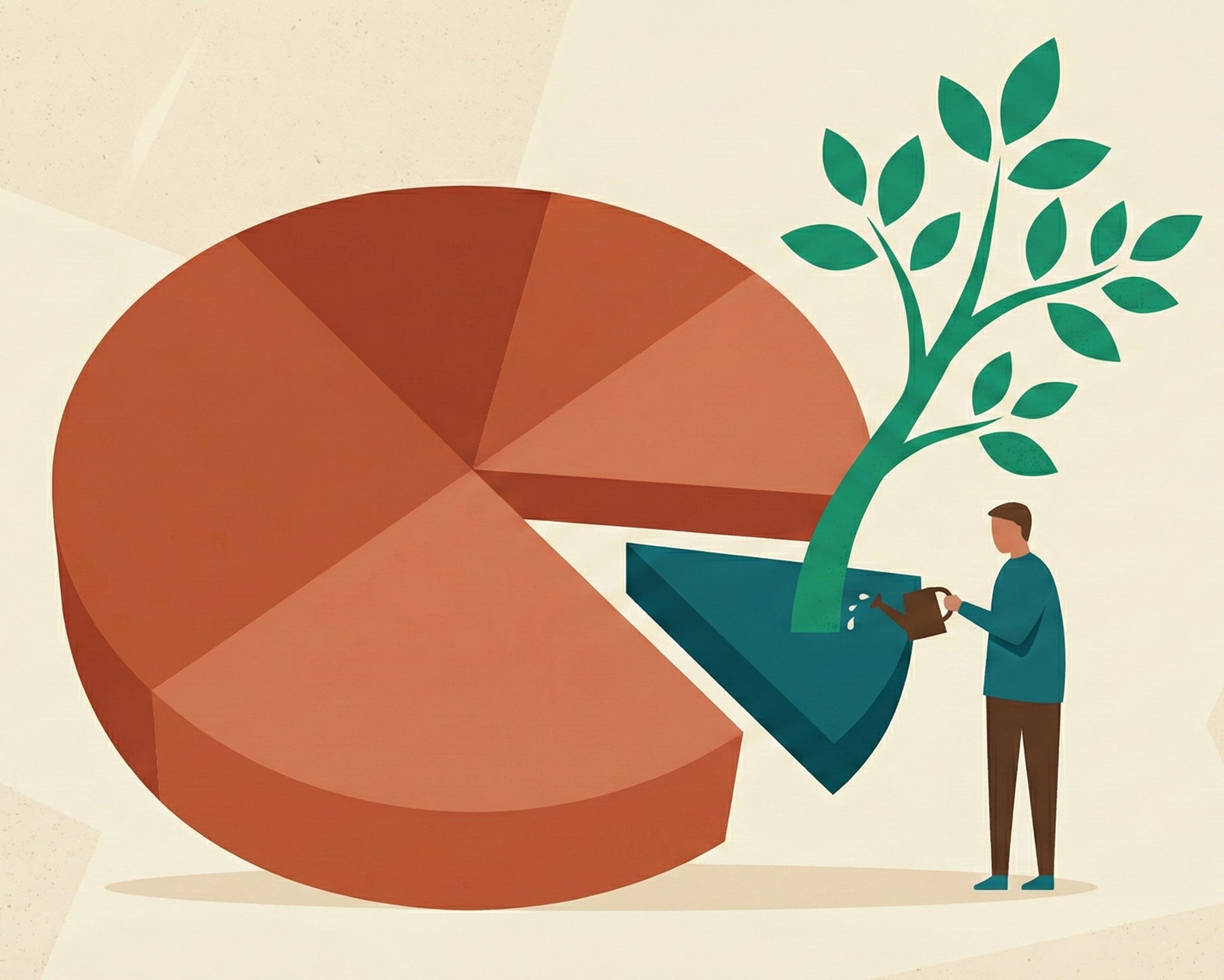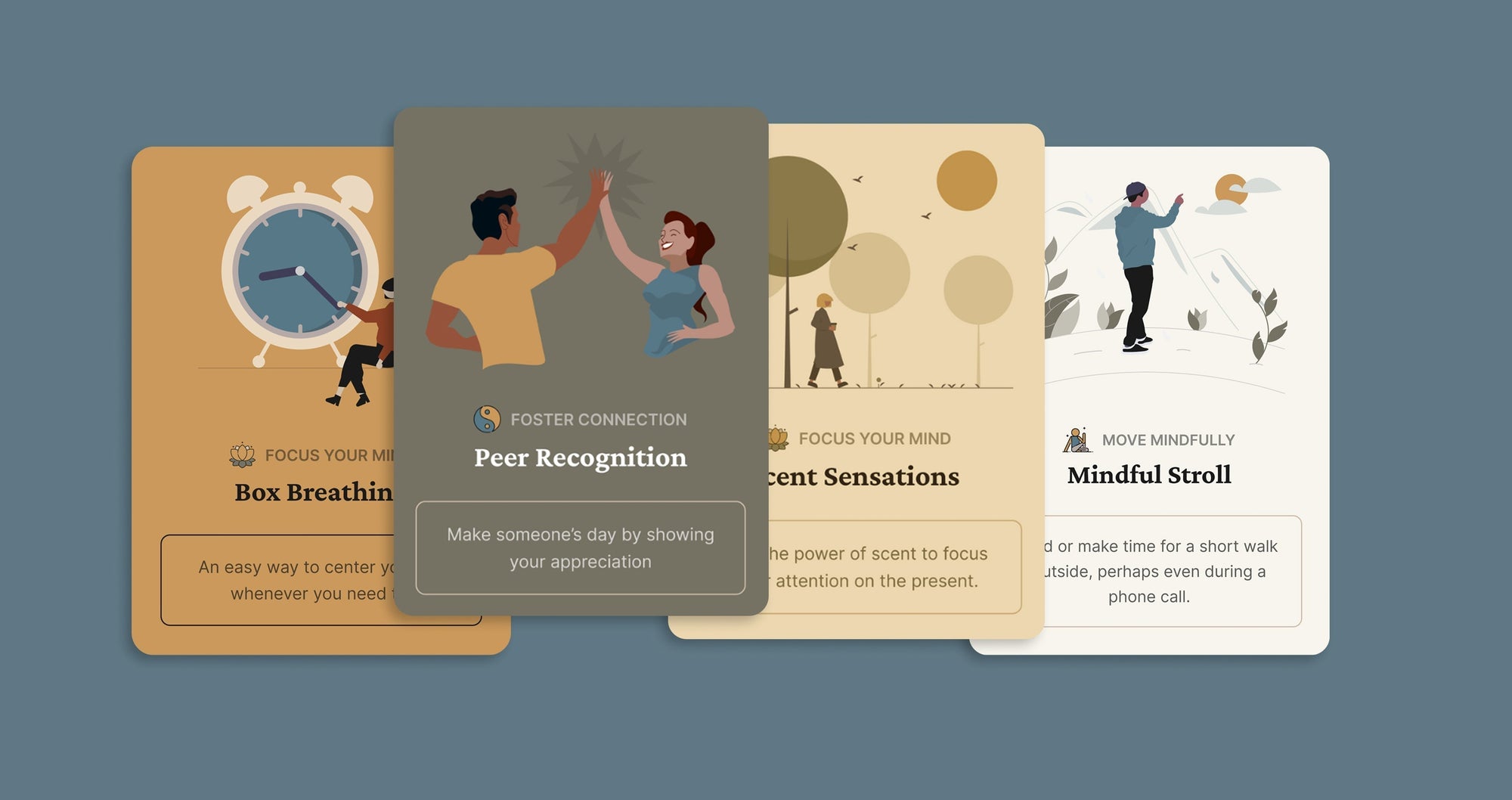Come late September, usually the 22nd or 23rd of the month if you live in the Northern Hemisphere, the weather isn't the only thing changing. You probably also notice the days "shortening" as it gets dark earlier, and perhaps you feel a shift in the "energy" of things, too.
Also called the autumnal equinox, the fall equinox is associated with a number of interesting traditions, including those related to harvests, honoring ancestors, and celebrating close relationships.
Wondering how to celebrate the fall equinox this year? We've got ideas for you below, such as throwing a seasonal dinner for friends, lighting a cozy fire outdoors, and rearranging your schedule so you prioritize more self-care (psst: September is Self Care Awareness Month!)
What Is the Fall Equinox?
The fall (or autumn) equinox occurs on the day when the sun is positioned exactly above the equator, causing the same amount of light to hit the Southern and Northern Hemispheres.
Some describe this day as the "earth being in equilibrium," as opposed to when there's a solstice, in which the sun reaches the most southerly or northerly points in the sky.
On the fall equinox there's an equal amount of daylight and darkness (roughly 12 hours of each). Then, following the equinox, fall begins to shift into winter and the days get shorter, meaning there's relatively more darkness and less daytime light.
If you live in the Southern Hemisphere, the fall equinox occurs on March 20th or 21st. This date kicks off autumn, while the opposite is happening in the Northern Hemisphere, where spring is in bloom in late March.
Now that you understand what's happening in our solar system, let's dive into the cultural meaning associated with the fall equinox.
Historically, many have viewed the fall equinox as the beginning of our descent into winter's slumber.
It's also celebrated as the height of the harvest in the Northern Hemisphere, since many autumn crops are fully ripening before dying off through the cold winter months.
There are obvious reasons to feel both grateful and happy on this day (fall foods and plants are cause for celebration!). But you may also feel a bit down, considering that winter tends to be a quieter and sometimes more difficult or dull-feeling time of the year.
How Do You Welcome the Autumn Equinox?
What have people done to celebrate the fall equinox throughout history? In some cultures, the autumnal equinox, sometimes called the “Mabo,” represented many of the same things as modern-day Thanksgiving in the US—such as a celebration of nature's bounty and gratitude for those closest to us.
Thousands of years ago in some countries, such as Ireland, England, and Greece, people celebrated the beginning of autumn by lighting fires, carrying out sacrificial ceremonies to honor gods and goddesses associated with the harvest, cooking elaborate meals with seasonal crops, and carrying out vision quests. Some even gave geese to others as a sign of appreciation.
In Ancient China, mooncakes (a type of dessert) were eaten as part of an autumn festival dedicated to lunar (moon) energy and appreciation. This tradition still continues today in parts of China and some neighborhoods in big cities such as New York City.
How can you honor the equinox and use it to practice self-care this fall?
1.) Go out with a bang
If you feel up to it, conclude the brighter, warmer seasons of the year by throwing a party or celebration. Thanksgiving might not come until late November, but you can still host a feast with friends to take advantage of the healthy foods in season during late September.
Try cooking up meals that highlight the nourishing, "warming" foods in season during the fall. Fruits and veggies to seek out include apples, sweet potatoes, yams, zucchini, cabbage, spaghetti or acorn squash, corn, and green beans.
For a memorable fall equinox celebration, serve a meal around a cozy bonfire while it's still pleasant to spend time outside. You can even throw in some herbs that have traditionally been burned to honor the fall harvest, such as sage and cedar.
2.) Spend time outside
Regardless of the temperature outside, connecting with nature helps to boost your mood, no matter the season. Considering it's less humid during the fall, try taking your workouts outside; go on a daily stroll, or enjoy more family time in your backyard. Other fun activities to do during the equinox include apple picking, hiking, and kayaking.
3.) Embrace the quieter, cozy period of the year
Do you find yourself going into a bit of a "social hibernation" during the late fall and winter? You're not alone. Many of us feel a bit less energetic and extroverted when it's colder and darker outside.
From a spiritual perspective, the autumn equinox represents a time for letting go and withering. It's all about self-reflection and being more mindful of what no longer serves you, and identifying what needs to be removed from your life so that you have the energy to dedicate to what's most meaningful.
Consider honoring the way you feel by taking a look at your calendar and cutting back on meetups and events that aren't essential or bringing you joy anymore.
Use that extra time to do whatever makes you feel more grounded instead, such as creative projects, cooking, baking, or reading. Setting daily intentions is another great way to guide yourself to make the best decisions related to self-care this month.
4.) Prioritize sleep
You may have been able to get away with less sleep and downtime during the summer, but chances are your body is craving more rest as the days get darker.
Daylight is naturally stimulating, and helps to make us feel alert, while darkness has the opposite effect: it signals our brains to want to take things slow. Head to bed earlier with a good book, making an effort to get 7 to 9 hours of sleep each night to feel your best.
What’s your favorite fall tradition?





